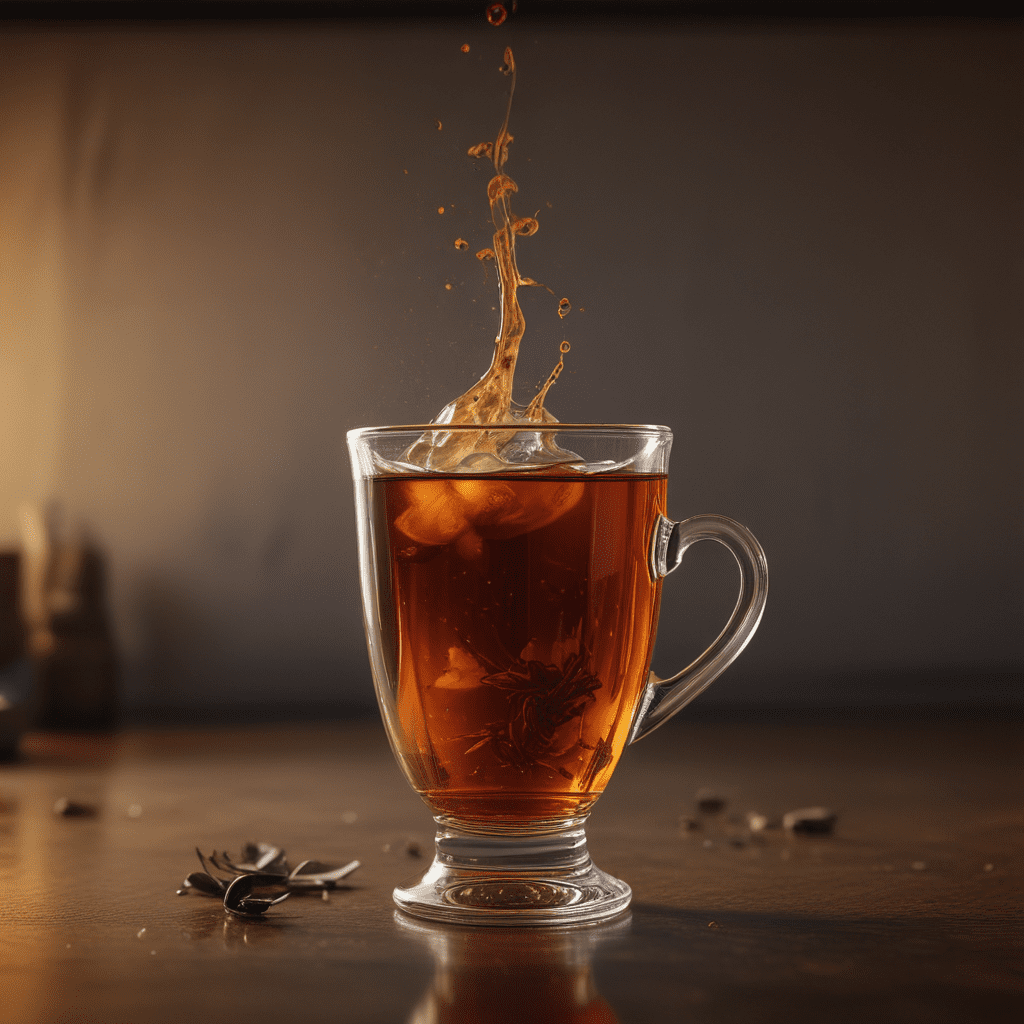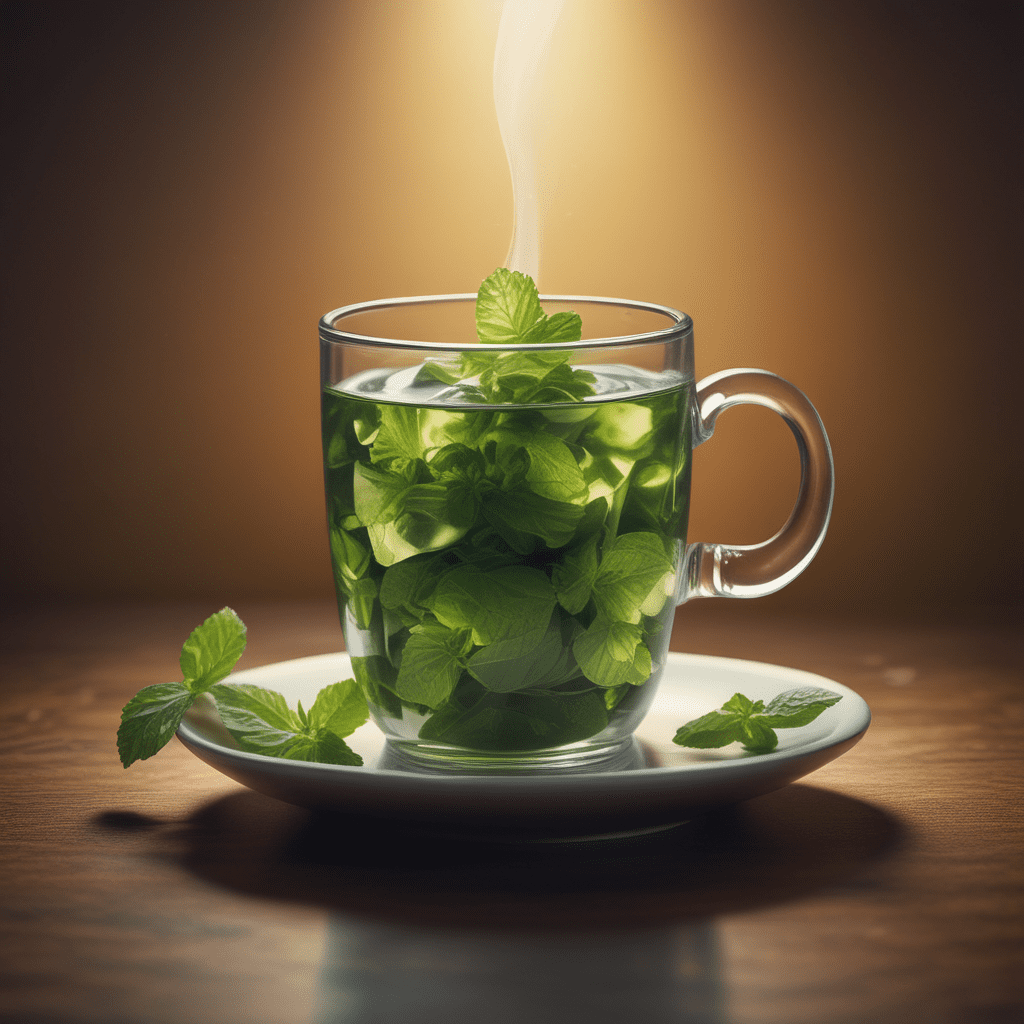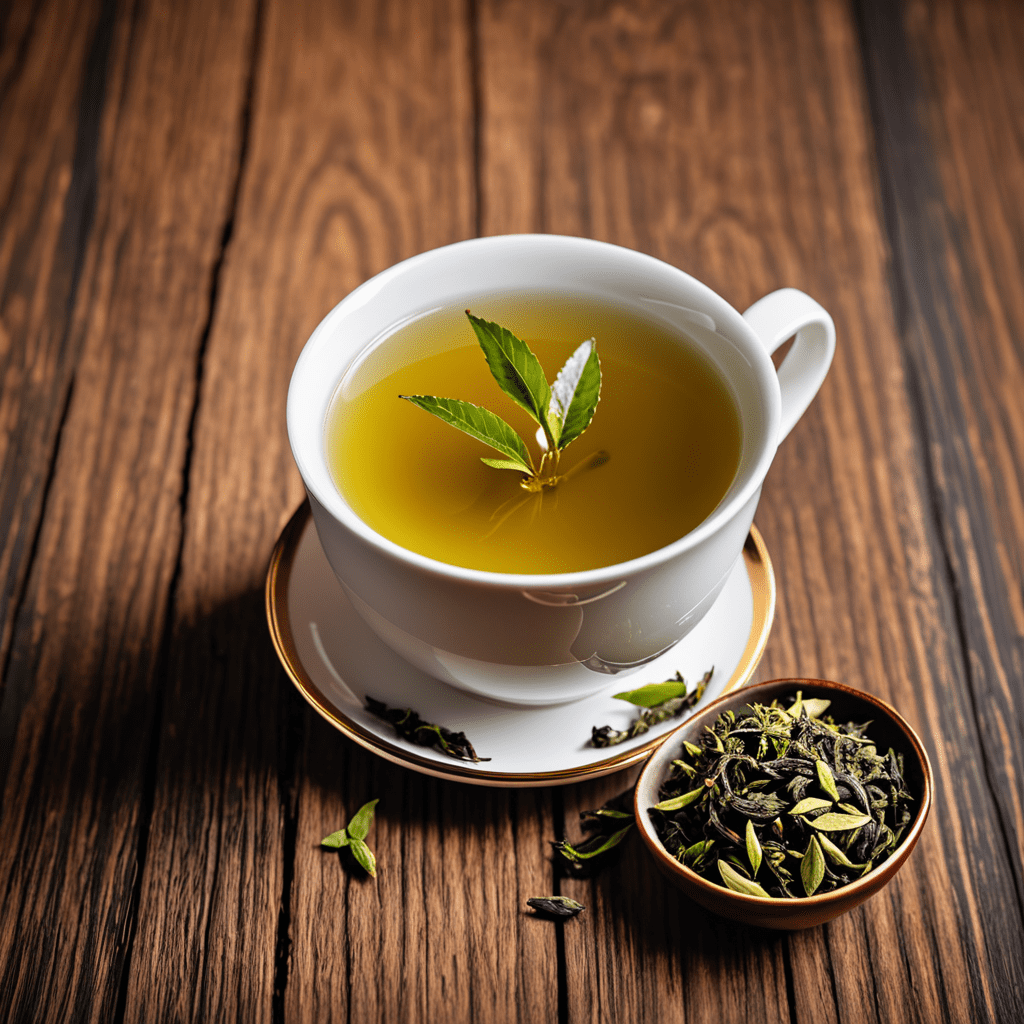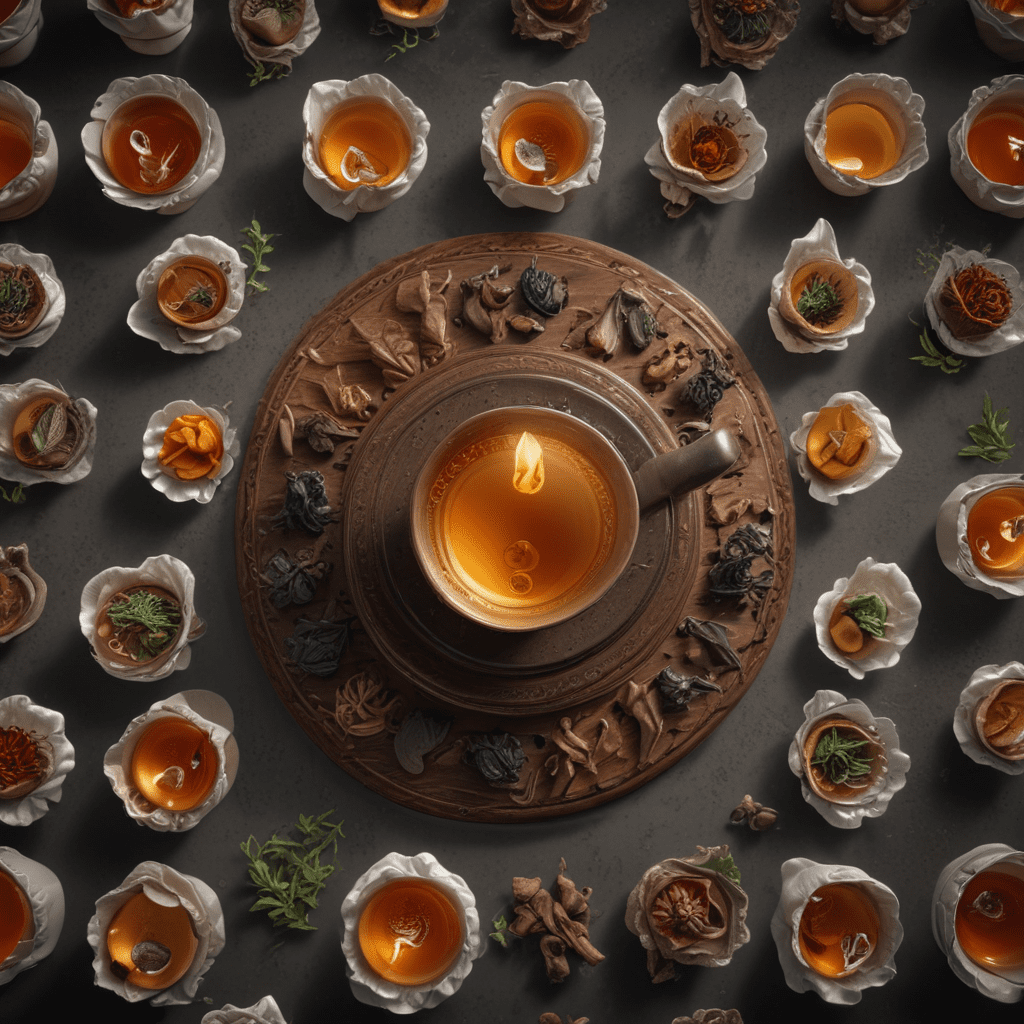
1. Introduction
India, a land steeped in vibrant culture and ancient traditions, boasts a rich tea heritage that runs deep within its soul. Tea, more than just a beverage, is an integral part of the Indian way of life, interwoven with history, social customs, and a deep reverence for nature. From the verdant tea gardens of Assam to the aromatic slopes of Darjeeling, India's diverse tea landscape offers a treasure trove of flavors and aromas, each cup brimming with its own unique story.
2. A Historical Journey
The journey of tea in India began centuries ago, with its origins traced back to the 18th century. Legend has it that a Buddhist monk named Bodhidharma brought tea seeds from China to India, marking the beginning of an enduring love affair with this enchanting beverage. The British colonial era further propelled the growth of the Indian tea industry, leading to the establishment of vast tea plantations and the introduction of new tea varieties. Over time, tea evolved from a commodity to a cultural icon, deeply ingrained in the social fabric of India.
3. Exploring the Diverse Tea Landscape
India is a kaleidoscope of tea flavors, each region boasting its own distinctive character. Assam, the world's largest tea-producing region, is renowned for its robust, malty black teas. Darjeeling, nestled amidst the Himalayas, offers delicate, aromatic teas with a muscatel flavor. Nilgiri, known as the "Blue Mountains," produces exquisite teas with a refreshing, citrusy note. Kangra, a hidden gem in the north, presents a unique blend of Darjeeling's finesse and Assam's strength. Each region, with its specific climate and soil conditions, contributes to the unparalleled diversity of Indian tea.
4. The Art of Brewing
The art of brewing tea in India is a symphony of tradition and technique. Traditional methods often involve using clay pots, known as "kulhads," which impart an earthy flavor to the tea. Masala chai, a fragrant concoction of tea, milk, and aromatic spices like ginger, cardamom, and cloves, is an integral part of Indian tea culture. Regional variations abound, with each area boasting its own unique blend of spices and brewing techniques. The perfect cup of Indian tea is a testament to the meticulous attention to detail and the deep understanding of the nuances of tea brewing.
5. Tea as a Social Ritual
In India, tea transcends the realm of a beverage, transforming into a social ritual that binds communities together. Chai stalls, ubiquitous across the country, serve as vibrant hubs where people from all walks of life gather to share a cup of chai, engage in lively conversations, and strengthen social bonds. The act of sharing chai with friends and family symbolizes warmth, hospitality, and the cherished tradition of togetherness.
6. Regional Tea Traditions
Across India's diverse regions, tea traditions have evolved into an intricate tapestry of customs and flavors. Each region boasts unique tea blends, brewing methods, and cultural significance, reflecting the country's rich heritage.
In Assam, the birthplace of India's tea industry, tea is more than just a beverage; it's a way of life. Robust Assam tea, often enjoyed with milk and sugar, is the region's signature drink, fueling daily routines and social gatherings. Chai stalls are ubiquitous, offering a warm cup of chai and a platform for community interaction.
Darjeeling, nestled in the Himalayas, is renowned for its delicate "muscatel" tea, characterized by its floral aroma and light liquor. Traditionally enjoyed without milk, Darjeeling tea is savored for its subtle elegance and refreshing qualities. Tea gardens in Darjeeling offer immersive experiences, allowing visitors to witness the meticulous art of tea production.
The Nilgiris, also known as the "Blue Mountains," produce high-quality black teas with a distinct citrusy flavor. Nilgiri tea is often enjoyed with milk and sugar, offering a refreshing pick-me-up amidst the rolling hills and picturesque landscapes. The region's tea tradition is deeply intertwined with its indigenous communities, who have played a significant role in shaping its cultivation and brewing practices.
Kangra, situated in the foothills of the Himalayas, presents a unique blend of Darjeeling's finesse and Assam's strength. Kangra tea, known for its mellow taste and vibrant color, is often enjoyed with milk and sugar. Tea gardens in Kangra offer scenic views and insights into the region's rich tea-growing history.
7. The Health Benefits of Indian Tea
Indian tea, beyond its sensory delights, is revered for its numerous health benefits. Black tea, particularly Assam tea, is rich in antioxidants and flavonoids, compounds known to protect against cellular damage and reduce the risk of chronic diseases. Masala chai, with its blend of spices, offers additional health benefits, such as aiding digestion, boosting immunity, and reducing inflammation.
Green tea, increasingly popular in India, is known for its high levels of catechins, antioxidants associated with improved cardiovascular health, weight management, and reduced risk of certain cancers. Studies have shown that regular consumption of green tea can boost metabolism, improve brain function, and promote overall well-being.
Herbal teas, made from various leaves, flowers, and roots, are also gaining popularity for their therapeutic properties. Chamomile tea is known for its calming effect, promoting relaxation and reducing anxiety. Ginger tea is used to soothe digestion and alleviate nausea. Turmeric tea, with its anti-inflammatory properties, is believed to boost immunity and protect against various health conditions.
8. Sustainability in Indian Tea
Sustainability and ethical practices are increasingly becoming an integral part of the Indian tea industry. Tea gardens are adopting eco-friendly measures, such as rainwater harvesting, compost use, and solar energy to minimize environmental impact. Fair trade initiatives ensure fair wages and better working conditions for tea workers.
Organic tea production is on the rise, responding to growing consumer demand for natural and sustainable products. Organic tea gardens adhere to strict standards, eliminating the use of synthetic pesticides and fertilizers, thereby protecting the environment and promoting biodiversity.
9. Conclusion
India's tea traditions, deeply rooted in history and culture, offer a captivating journey through flavors, customs, and the essence of community. From the robust black teas of Assam to the delicate muscatel teas of Darjeeling, each region presents a unique story, reflecting the country's diverse landscape and rich heritage. As India's tea industry continues to evolve, embracing sustainability and ethical practices, it stands poised to captivate the world with its timeless traditions and innovative spirit.
10. FAQ
What is the most popular type of tea in India?
Assam tea is the most popular type of tea in India, consumed by a majority of the population.
What is the best time to drink tea in India?
There is no specific best time to drink tea in India, as it is enjoyed throughout the day, from morning to evening.
How much tea do Indians drink per day?
On average, Indians consume around 2 cups of tea per day.
What are the health benefits of Indian tea?
Indian tea offers numerous health benefits, including antioxidant properties, improved heart health, and reduced risk of chronic diseases.
Where can I find the best tea in India?
India boasts a wide variety of tea-producing regions, each with its unique flavors and characteristics. Assam, Darjeeling, Nilgiris, and Kangra are among the most renowned tea-producing regions in India.


